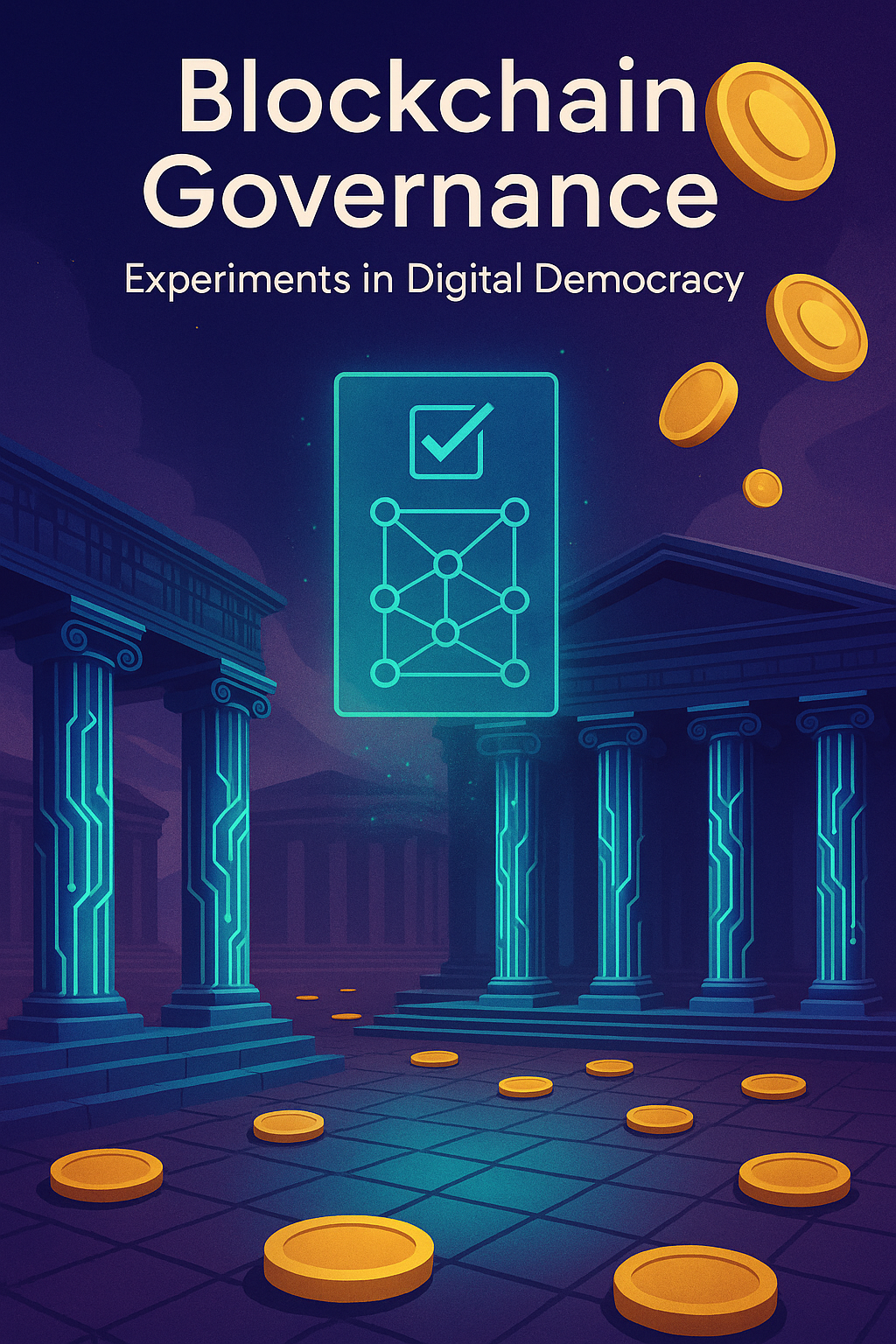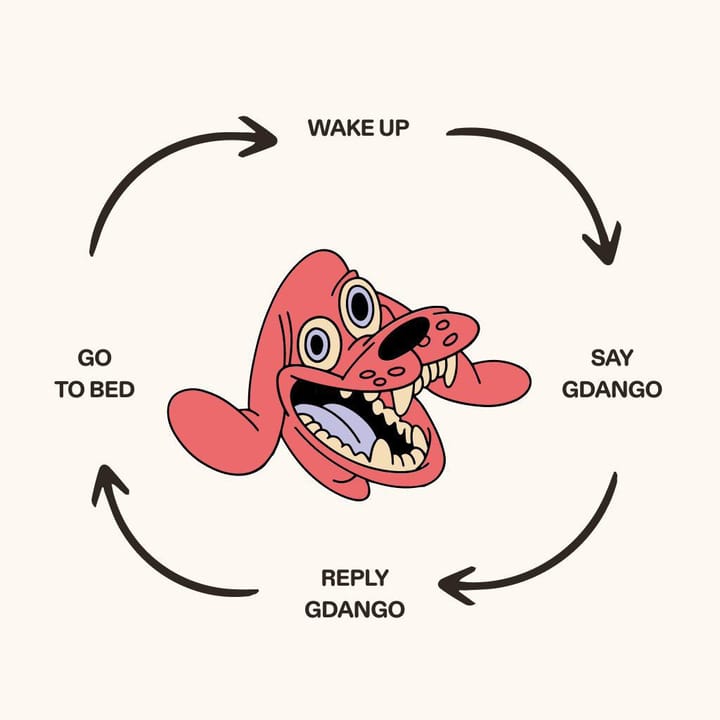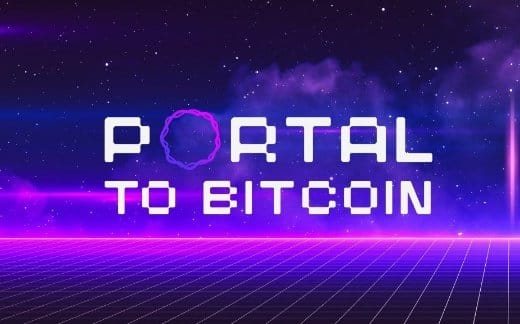🔗 Blockchain Governance: Experiments in Digital Democracy

Trust in governance has long rested in the hands of institutions—legislatures, courts, bureaucracies. But what happens when those structures are decentralized, when no one person or entity holds the gavel? Welcome to the evolving world of blockchain governance, where decision-making is encoded in protocols, shaped by token holders, and executed by consensus.
In this article, we’ll explore how blockchain governance models—from on-chain voting to DAOs—serve as real-time experiments in digital democracy. We’ll examine their successes, the tough lessons, and the philosophical currents they challenge or reinforce. Let’s explore how governance is being redefined in the decentralized era. 🌍
🛠 What Is Blockchain Governance?
At its core, blockchain governance refers to how decisions are made and rules are changed in decentralized systems. Unlike traditional systems, these decisions are often made by token holders or smart contracts, not by elected representatives or appointed officials.
Governance mechanisms can be grouped into three major categories:
- On-Chain Governance: Voting and decisions are coded into the blockchain protocol (e.g., Tezos, Polkadot).
- Off-Chain Governance: Discussions and decisions happen off-chain through social consensus and are later implemented in code (e.g., Bitcoin, Ethereum).
- DAOs (Decentralized Autonomous Organizations): Governed entirely or partly by smart contracts, these entities use token-based or NFT-based voting to make collective decisions (e.g., MakerDAO, Optimism, Nouns, Gitcoin).
Each approach experiments with digital decision-making and raises important questions about trust, power, and legitimacy.
🧱 On-Chain Governance: Rule by Code
Projects like Tezos and Polkadot offer textbook cases of on-chain governance.
🔁 Tezos: Self-Amending Protocol
Tezos allows token holders to propose and vote on protocol upgrades directly on-chain. With a structured five-phase voting process and delegated voting through bakers (validators), Tezos enables a relatively fluid form of direct democracy, typically avoiding hard forks.
🧠 Polkadot: Adaptive Democracy
Polkadot initially used a hybrid model with a council and public referenda but has moved toward "OpenGov"—a purely public, token-holder-driven governance model with conviction voting, where vote weight increases the longer tokens are locked.
These systems experiment with democratic ideals in a purely digital format—enabling efficient protocol upgrades, typically without forks, and encouraging token-weighted participation.
🧠 Off-Chain Governance: Rule by Social Consensus
Bitcoin and Ethereum rely on off-chain governance, where changes are debated in forums and enacted by developer teams.
⚙️ Bitcoin: Minimalist Stability
Bitcoin's governance is famously conservative. Protocol changes are proposed through BIPs (Bitcoin Improvement Proposals) and must achieve broad consensus among miners, developers, and users. This system resists rapid changes, reflecting a technocratic-libertarian ethos (Narayanan et al., 2016).
🌐 Ethereum: Flexible and Social
Ethereum has a more open, community-driven process via EIPs (Ethereum Improvement Proposals). Major upgrade like The Merge was executed after extensive public discussion. Yet governance power often rests with the Ethereum Foundation and core developers, resembling technocratic republicanism.
Off-chain systems allow nuanced debate but can be opaque, dominated by insiders, and vulnerable to forks (e.g., Ethereum vs Ethereum Classic, which split in 2016 after the DAO hack due to disagreement over reversing the theft).
🏛 DAOs: Rule by Community
DAOs represent a new frontier in governance—organizations governed by smart contracts and token holders. Let’s look at four prominent examples:
🏦 MakerDAO
Governs the DAI stablecoin. MKR token holders vote on risk parameters and upgrades. While highly structured, it suffers from voter apathy and plutocracy: top holders dominate, and many proposals fail to meet quorum.
🌈 Optimism Collective
Pioneers a bicameral system:
- Token House: OP token holders vote on grants and protocol upgrades.
- Citizens’ House: Non-transferable NFTs grant voting power to fund public goods.
This design aims to reduce plutocracy and include diverse stakeholders.
🕶 Nouns DAO
Issues one NFT per day; each represents one vote. It has funded over $44 million in proposals as of 2025 and avoids whale domination by spreading NFT ownership over time.
🤝 Gitcoin
Uses quadratic funding to match donations based on community support. Over $20 million has been distributed to open-source projects as of 2023 (likely more by 2025). Its DAO governs grant rules and identity systems like Gitcoin Passport (Gitcoin).
These DAOs experiment with everything from NFT-based democracy to identity-weighted voting.
⚖️ Challenges: When Democracy Goes Digital
Despite their promise, decentralized governance models face recurring issues:
- Voter Apathy: Participation is often under 10%.
- Plutocracy: Token-based voting favors large holders.
- Governance Capture: Small elites or dev teams control agendas.
- Hard Forks: When consensus fails, chains split. A notable example is the 2016 DAO hack on Ethereum, where a vulnerability in a DAO’s smart contract allowed an attacker to siphon $50 million in Ether (Ethereum Foundation Blog). The community’s inability to agree on a response—whether to hard fork and reverse the theft or uphold immutability—led to a split, creating Ethereum and Ethereum Classic. This case underscores how governance failures can fracture decentralized systems, highlighting the need for robust security and consensus mechanisms.
"In blockchain governance, the voter is often rationally apathetic. A single vote has negligible influence, and incentives to participate are weak." — Vitalik Buterin
These issues echo challenges in traditional democracies but are amplified in tokenized, anonymous systems.
🧠 Political Philosophies in Play
Blockchain governance reflects and tests centuries-old political theories:
- Direct Democracy: Tezos and Nouns DAO let participants vote on decisions. Tezos token holders vote via delegated bakers, blending direct and representative elements, while Nouns DAO allows each NFT holder to vote directly.
- Republicanism: Polkadot’s Council (in its initial model) or Tezos bakers act as elected delegates.
- Technocracy: Bitcoin and Ethereum core developers resemble rule by experts.
- Libertarianism: Code as law, minimizing human discretion.
New hybrids are emerging. Optimism’s bicameralism recalls Montesquieu’s separation of powers. Quadratic voting blends egalitarianism and meritocracy.
Yet, these models often struggle with inequality. Token-based voting, rooted in libertarian ideals, can mirror wealth disparities, as seen in MakerDAO’s plutocratic tendencies, a challenge amplified by the anonymity of tokenized systems. Philosophically, this raises questions about fairness: can decentralized systems truly democratize power, or do they risk replicating the elite dominance of traditional governance? Quadratic voting and soulbound tokens attempt to address this by prioritizing broader participation, but the tension between efficiency and equity remains a central challenge for digital democracy.
🧪 Innovations in Governance
Governance tooling is evolving rapidly:
- Quadratic Voting: Vote weight = √tokens.
- Conviction Voting: Long-held support = more weight.
- Optimistic Governance: Decisions pass unless vetoed.
- Soulbound Tokens: One-person-one-vote identity mechanisms.
- Sybil Resistance: Soulbound tokens and other identity mechanisms aim to prevent Sybil attacks, where malicious actors create fake identities to manipulate votes. By tying voting power to verified, non-transferable identities, these tools enhance the legitimacy of decentralized governance.
These systems experiment with legitimacy, fairness, and resistance to manipulation.
🚀 Digital Governance for the Future
What can blockchain governance teach us?
- ✅ Digital systems can transparently execute democratic decisions.
- ⚠️ Token voting reproduces wealth inequality.
- 🧩 Governance isn’t just about voting—it’s about who participates, how choices are framed, and what tools are available.
🌍 Impact on Ecosystems
Governance decisions have real-world effects. Optimism’s Citizens’ House, for instance, has funded over $5 million in public goods since 2023, supporting open-source projects like Ethereum infrastructure and educational initiatives (Optimism RetroPGF). This demonstrates how blockchain governance can prioritize community benefits over profit, fostering a more equitable digital ecosystem.
⚖️ Which Model Works Best?
On-chain governance, as in Tezos, excels at efficient protocol upgrades without forks but often sees low voter turnout. Off-chain models like Bitcoin prioritize stability, yet their slow, insider-driven processes can stifle innovation. DAOs like Optimism balance community input with public goods funding but struggle with scalability and plutocracy. Each model suits different goals: on-chain for adaptability, off-chain for consensus, and DAOs for community-driven decisions. The future may favor hybrid approaches that combine the strengths of each.
These governance systems achieve agreement and maintain integrity without centralized control. The future lies in hybrid models—combining on-chain transparency with off-chain discussion, token voting with human judgment, and code with community.
🧵 From Nation-States to Protocols
If constitutions defined governance in the industrial age, smart contracts and DAOs are writing the rules for the digital age. Blockchain governance isn’t just a technical feature—it’s a social experiment in how we coordinate, debate, and make collective decisions without central authority.
As these experiments mature, they offer blueprints for more transparent, inclusive, and adaptive governance in the internet-native world. 🌐
References
- Tezos Governance Overview Tezos Foundation https://tezos.com/learn/governance-on-tezos
- Polkadot OpenGov Documentation Web3 Foundation / Polkadot Network https://wiki.polkadot.network/docs/opengov
- Bitcoin Improvement Proposals-
- Bitcoin Governance Analysis Narayanan et al., Princeton University Press https://freedom-to-tinker.com/2016/02/17/bitcoin-and-cryptocurrency-technologies/
- Nouns DAO Governance and Treasury Nouns DAO Community https://nouns.center/funding/proposals
- Gitcoin Governance and Grants Program Gitcoin Community https://docs.gitcoin.co/grants-program/governance
- Retroactive Public Goods Funding Results Optimism Collective https://www.optimism.io/retropgf
- Online Library of Liberty https://oll.libertyfund.org/pages/montesquieu-and-the-separation-of-powers
- Moving beyond coin voting governance https://vitalik.eth.limo/general/2021/08/16/voting3.html
- Hard Fork Completed https://blog.ethereum.org/2016/07/20/hard-fork-completed
- Political apathy https://en.wikipedia.org/wiki/Political_apathy
- Plutocracy https://en.wikipedia.org/wiki/Plutocracy



Comments ()